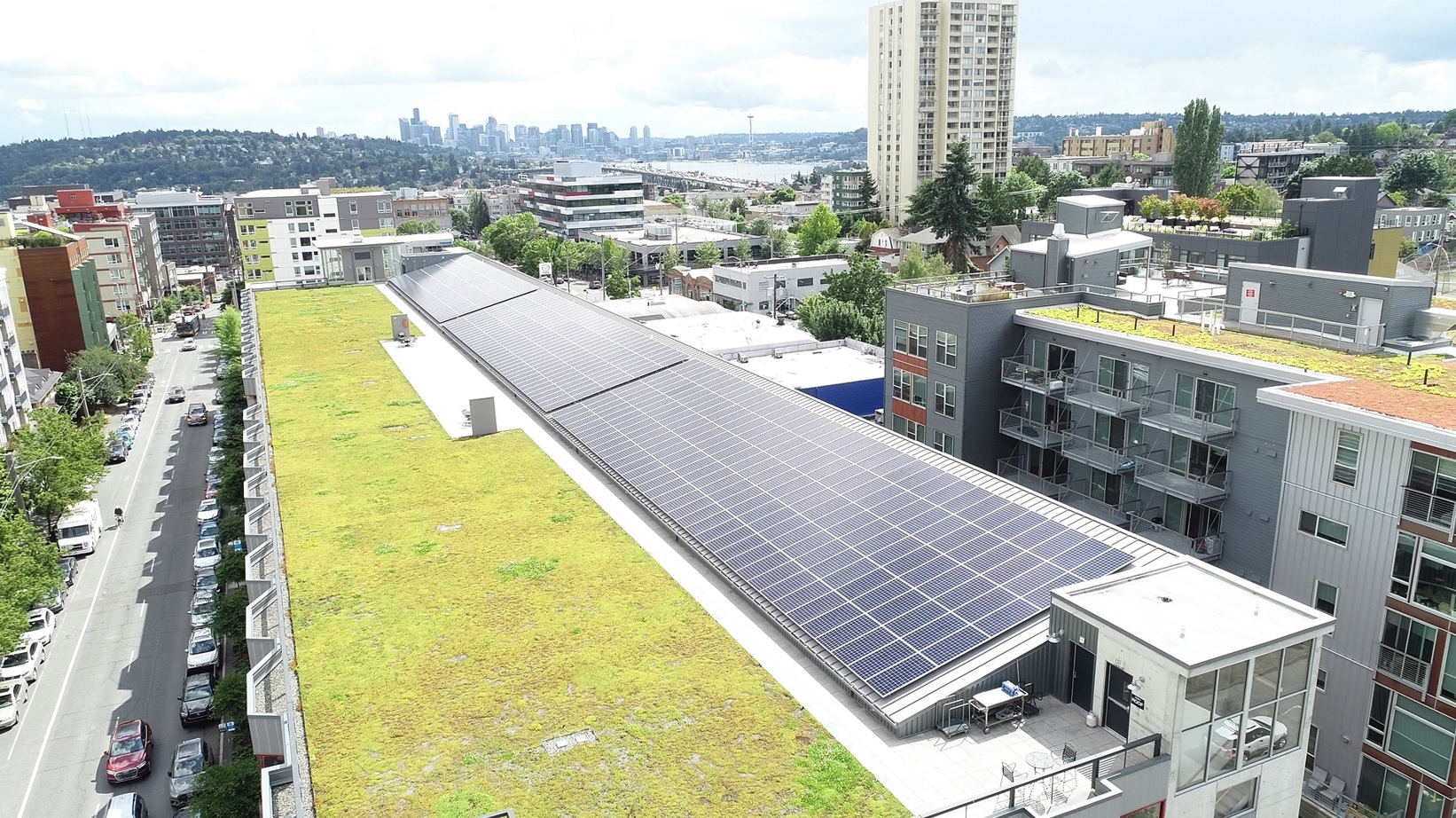NEC 690 Photovoltaic Power Systems
Join us for our lunch session on the the Photovoltaic Power Systems Section 690 of the National Electric Code.

NEC 690 Presentation Overview
NEC Article 690 covers the requirements of the engineering and construction of solar photovoltaic systems. In just a few iterations of the NEC, Article 690 has transformed considerably. Essential calculations, including module open circuit voltage and short circuit current have evolved and bifacial modules have enhanced the need for refined calculations. This presentation will address these topics along with an understanding of the risk associated with different interpretations and calculation methodologies.
======
Code requirements for the Photovoltaic Power Systems NEC (National Electrical Code) section 690.
Part II of Article 690 provides the circuit requirements for PV systems vs wiring methods and materials (covered in Part IV)
- With the 2020 NEC Section 600.7 was rewritten - when determining the maximum voltage of PV system dc circuits. Conductors, equipment, and working space requires the voltage.
- Maximum Current. For example, if your PV system has an inverter capable of under 100KW then the maximum current is the sum of the short-circuit current ratings of the PV modules connected in parallel multiplied by 125%. But if the inverter is capable of 100KW or more, then you can use a different method and be documented and stamped (by a licensed PE) PV system design [690.8(A)(1) and (2)].
- If a circuit is protected by an OCPD (over current protective device) not exceeding the conductor ampacity the maximum current value is equal to the rated input current of the electronic power converter input to which it is connected [690.8(B)].
- Maximum current calculations, in 690.8(C) and 690.8(D). These are "Systems with Multiple Direct-Current Voltages" and "Sizing of Module Interconnection Modules", respectively.
- The overcurrent protection rules are in 690.9. 1- PV system dc circuit and inverter output conductors and equipment must be protected against overcurrent.
- Overcurrent protection is not required in some cases, for example where the conductor ampacity is sufficient for the maximum current [690.9(A)(1)]. Circuits where overcurrent protection is required only at one end [690.9(A)(2)]. There are "other circuits", which are those that don't comply with either of the preceding requirements. Those must be protected by one of the methods listed in 690.9(A)(3).
- Any OCPD you use in a PV system must be listed for use in PV systems [690.9(B)].
- If the PV system is a stand-alone system, install it per the requirements of 710.15 [690.10]. Article 710 provides the requirements for stand-alone systems.
- Arc fault protection is required for any PV system with PV circuits operating at 80 VDC or greater (between any two conductors) [690.11].
- Any PV system installed in or on a building must have a rapid shutdown function [690.12]. The reason for it is to protect firefighters.
Date and Time
Location
Hosts
Registration
-
 Add Event to Calendar
Add Event to Calendar
- Contact Event Hosts
-
Mike Brisbois
708.668.5488
mike.brisbois@ieee.org - Co-sponsored by IEEE PES (Power Energy Society)
Speakers
 Mike Brisbois of IEEE
Mike Brisbois of IEEE
Photovoltaic Power Systems
Will speak on updates to the NFPA 70 National Electrical Code Section 690
Biography:
Mr. Brisbois is an Electrical Engineer with design experience, project management and leadership skills. He has worked in the building, space and technology sectors. He has hosted and presented at many technical sessions and conferences. He is a technical competent leader and able to get things done. Mr. Brisbois has his Professional Engineering license in the State of Washington, Texas, Illinois, California, and Missouri. His focus is on leading sustainable energy projects. He is a board member on several technical organizations.
Email:
Address:Seattle, Washington, United States, 98121
 Nicholas Mechler of Orbital Solar Services
Nicholas Mechler of Orbital Solar Services
Photovoltaic Overview Examples
NEC 690 Presentation Overview
NEC Article 690 covers the requirements of the engineering and construction of solar photovoltaic systems. In just a few iterations of the NEC, Article 690 has transformed considerably. Essential calculations, including module open circuit voltage and short circuit current have evolved and bifacial modules have enhanced the need for refined calculations. This presentation will address these topics along with an understanding of the risk associated with different interpretations and calculation methodologies.
Biography:
Address:Kansas City , Missouri, United States
Agenda
12:00 pm PDT IEEE Announcements
12:02 pm PDT Introduction of the Speaker
12:04 pm PDT Presentation
12:45 pm PDT Q&A
Did you know that illumination at dawn and dusk is sufficient to produce dangerous voltage, even when the sun is not shining directly on the PV (Photo Voltaic) modules? Sign up today for our lunch Session. FLYER REGISTER

